More than one Empty Pedestal. Ghosts from Eastern Europe
A big number of artists is involved in this show curated by Marco Scotini at the Archeological Museum in Bologna, Italy. Il Piedistallo vuoto / The Empty Pedestal, Ghosts from Eastern Europe is a survey on Eastern European contemporary art, a review trough the eyes of Italian collectors. The exhibition features a cluster of more than 40 artists from 20 Eastern European and former Soviet Union countries, presenting a total of 100 works.
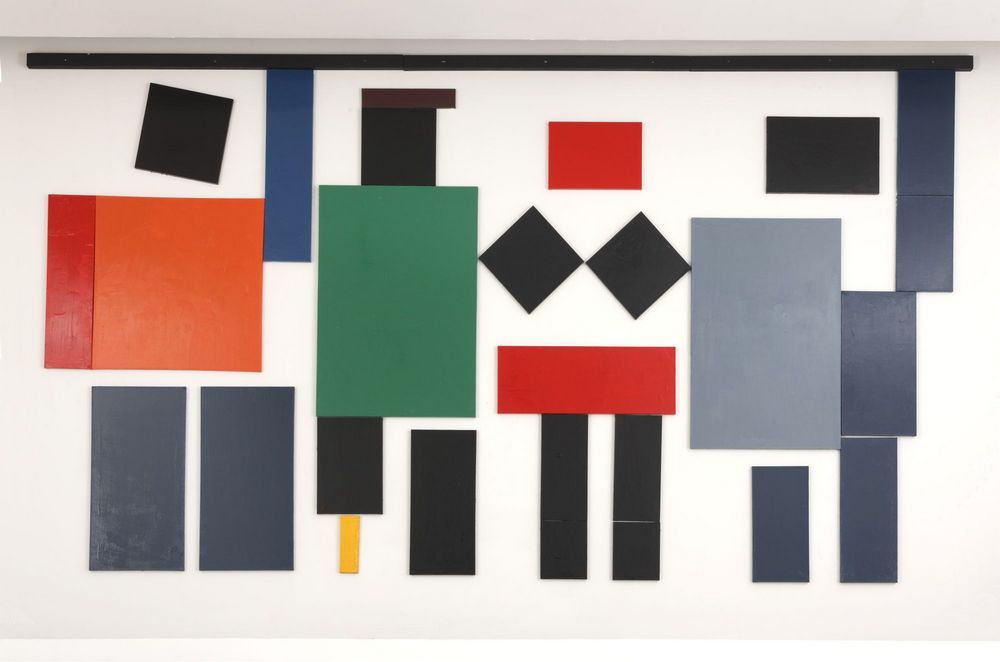
Alexandra Galkina David Ter Oganyan, Four People in Metro, 2010, smalt on canvas and wood, cm 270×490, courtesy Collezione Fondazione Sandretto Rebaudengo, Photo Maurizio Elia.
Two generations of artists from Eastern Europe, the first one active before the Berlin Wall fell, and the second one right after it did. Starting from the 1970s, the exhibition spans over two periods of major importance: one in 1989, with the fall of the Berlin Wall, and the other in 1991, with the dissolution of the Soviet Union and the Warsaw Pact. Over twenty years later, we are able to see videos, performances, installations, photographs, drawings, and paintings by many of the artists that were ostracized by the USSR establishment culture, flanked by the work of the newest crop of young artists who are now enjoying a worldwide fame. Marina Abramovic, Vyatscheslav Akhunov, Victor Alimpiev, Pawel Althamer, Janis Avotins, Said Atabekov, Miroslav Balka, Mircea Cantor, Gintaras Didžiapetris, Thea Djordjadze, Yona Friedman, Dmitry Gutov, Ion Grigorescu, Ylia Kabakov, Július Koller, Jiri Kovanda, Elena Kovylina, Robert Ku?mirowski, Armando Lulaj, David Maljkovic, Ivan Mikhailov, Deimantas Narkevicius, Paulina Olowska, Roman Ondak, Adrian Paci, Tobias Putrih, Mladen Stilinovic, Nedko Solokov, Anri Sala, Kate?ina Šedá, Monika Sosnowska, Miroslav Tichý, Jaan Toomik, Victor Man, David Ter-Oganian, Bojan Sarcevic, Artur Zmjewski.
The whole show is based on the relationship between absence and presence, visibility and invisibility. First of all we need to distinguish between the works of older artists – those who have known the Soviet regime – and the works of younger artists. The work of Julius Koller, for example, is emblematic of the condition of imprisonment that artists who lived under the Warsaw Pact underwent. Thus, Koller’s art appears as an (invisible) opposition gesture. During the Soviet regime, Koller sustained his practice with minimal means, played table tennis alone with his racquet against a wall, and emphasized the Utopian potential of free thought.
According to Scotini, the exhibition highlights a series of ghost’s thoughts on Socialism and Commonality, thoughts disillusioned by Soviet Socialist dictatorships. This is not a nostalgic representation of the just passed time, but rather a sort of affirmation of Eastern European identity. Artists who do not look at Western society as a model anymore, and start to dig into their own past instead. Artists who seek to define art first and foremost in the thickness of its relationship to history.

Vyacheslav Akhunov, Abandoned Pedestals (The Empty Pedestals Intended for Monuments of Leaders), 1975-76, courtesy Collezione Sandretto Rebaudengo.
The dissolution of the Eastern Bloc (for Eastern Bloc we consider the former communist states of Central and Eastern Europe, and generally the Soviet Union and the countries of the Warsaw Pact) generates the ghost of the Eastern Bloc. Artist Vyacheslav Akhunov, invisible (ghost) for a long time during the Cold War period, exhibits now how it was to make art in the USSR. Vyacheslav Akhunov, Uzbek artist and writer, lived in Moscow during the 70′s, realizing many notebooks filled with drawings. Akhunov uses the iconography of socialist propaganda during the Soviet period, subverting ideology by manipulating images. His art is a great example of social critique to Soviet reality. Those notebooks were never made known, they lived as ghost objects – and now they’re the “sheet” of that ghost in a sheet.
Il Piedistallo vuoto / The Empty Pedestal, Ghosts from Eastern Europe, curated by Marco Scotini at Museo Archeologico di Bologna from January 24th to March 16th, 2014
by Vincenzo Estremo
in Focus on Europe
Jan 30, 2014












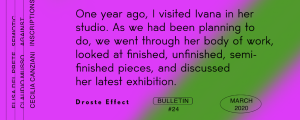
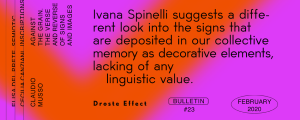
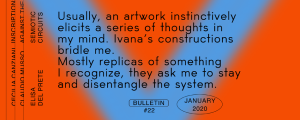


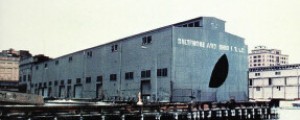






[…] held in museums and public spaces around the city of Bologna – including the exhibition Il Piedistallo vuoto – The Empty Pedestal. Ghosts from Eastern Europe, curated by Marco Scotini, dedicated to Eastern European artists, and made possible through the […]
[…] continuation of the discourse that Marco Scotini started in Bologna last year with the exhibition The Empty Pedestal – Ghosts from Eastern Europe. As a matter of fact, the exhibition aims to understand the impact of the collapse of the Soviet […]